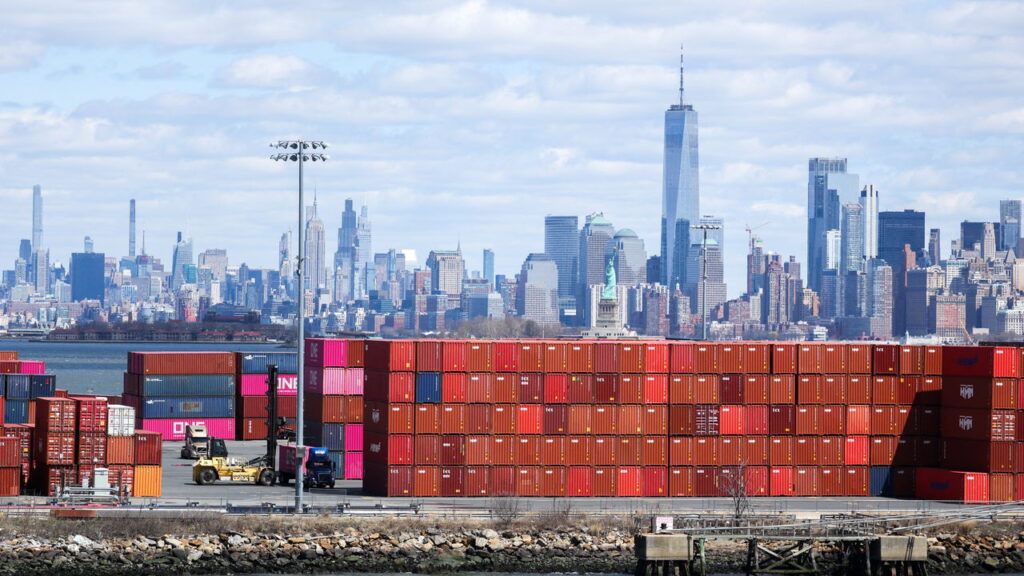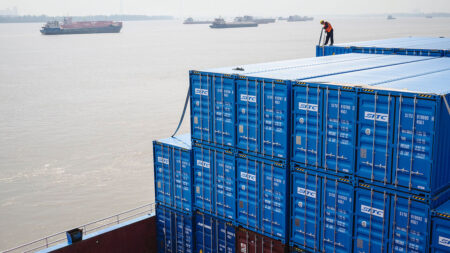In a dramatic turn of events, the United States has unleashed a wave of heavy tariffs targeting its trading partners, with consequences that extend far beyond the immediate repercussions of these financial sanctions. The ramifications of such an aggressive trade stance have ignited a series of market reactions that send ripples of uncertainty throughout the global economy. As we delve deeper into the events surrounding this unfolding crisis, it becomes evident that America’s tariff war of 2025 may not only be reshaping policies and economic relationships but also etching itself into the annals of history as one of the most disruptive trade policies ever enacted.
The impacts of the 2025 tariff imposition have been profound. Markets have experienced unprecedented volatility, reminiscent of financial upheavals observed during previous economic crises. Investors, facing an uncertain landscape, have reacted with trepidation, leading to significant declines in stock indices across the board. The Dow Jones Industrial Average, once a beacon of American financial confidence, dropped sharply amid fears of a prolonged trade conflict. Economic analysts have begun to speculate that this turbulent period could potentially usher in a recession, a state of affairs that many had hoped to avoid in the post-pandemic recovery phase.
Heightened levels of uncertainty permeate various sectors of the economy. Businesses reliant on international supply chains have found themselves in precarious positions as costs soar and operational logistics are thrown into disarray. Companies like Ford and Apple, which have substantial overseas operations, have been particularly hard-hit, grappling with increased production costs that compromise their competitive edge in the global market. Consequently, consumers may soon face higher prices for goods, potentially resulting in diminished purchasing power and subsequent shifts in consumer behavior.
The global ramifications of this tariff war extend beyond American borders, affecting not only economic partners but also the broader world economy. Countries engaged in trade with the United States have begun to re-evaluate their own economic strategies. The European Union, for instance, has voiced concerns about the potential domino effect on trade relationships. European leaders are closely monitoring the tariffs, considering countermeasures that could include retaliatory tariffs on American goods. This increasingly contentious environment raises the specter of a global trade war, one that could further destabilize economies already grappling with the vestiges of the COVID-19 pandemic.
The historical significance of the 2025 tariff war cannot be understated. Many economists draw parallels to the Smoot-Hawley Tariff Act of 1930, which imposed high tariffs on imports and is widely believed to have exacerbated the Great Depression. While the contexts and specifics of these situations differ, the risk of protective policies leading to unintended, far-reaching consequences remains a paramount concern. The international community is keenly aware of this historical context, as countries may seek to avoid repeating the mistakes of the past.
Moreover, within the United States, the political ramifications of the tariff war are equally noteworthy. Political leaders are under increased scrutiny as they navigate this crisis, with debates about economic policy becoming central to the 2026 midterm elections. Voters across the nation are considering the efficacy of these tariffs, weighing their potential benefits against the economic turmoil they have unleashed. The bipartisan nature of dissent regarding the trade policy points to a growing sentiment that perhaps the costs of these tariffs may outweigh any proposed benefits.
As the tariff war continues to unfold, the global stage watches intently. Diplomatic negotiations will likely become the focus moving forward, as nations strive to steer their economies back toward stability. The hope is that through dialogue and cooperation, countries can reach agreements that mitigate the effects of this trade conflict and foster a more resilient economic partnership moving forward.
In conclusion, the tariff war of 2025 marks a pivotal moment in trade policy that transcends national borders. It serves as a reminder of the delicate balance that nations must maintain in an interconnected global economy. As history reflects on this chapter, it remains to be seen how these financial skirmishes will shape future international relations and economic strategies. For now, the world watches with bated breath, hoping for a resolution that safeguards economic stability and prosperity for all.









